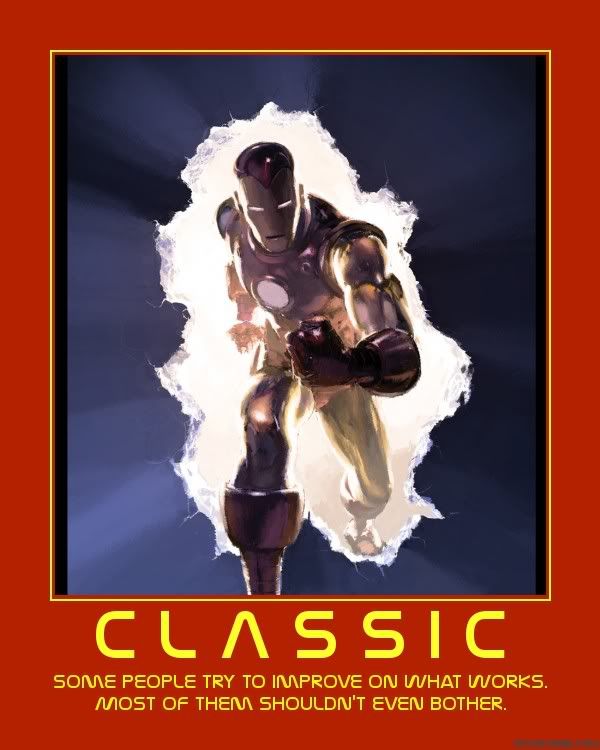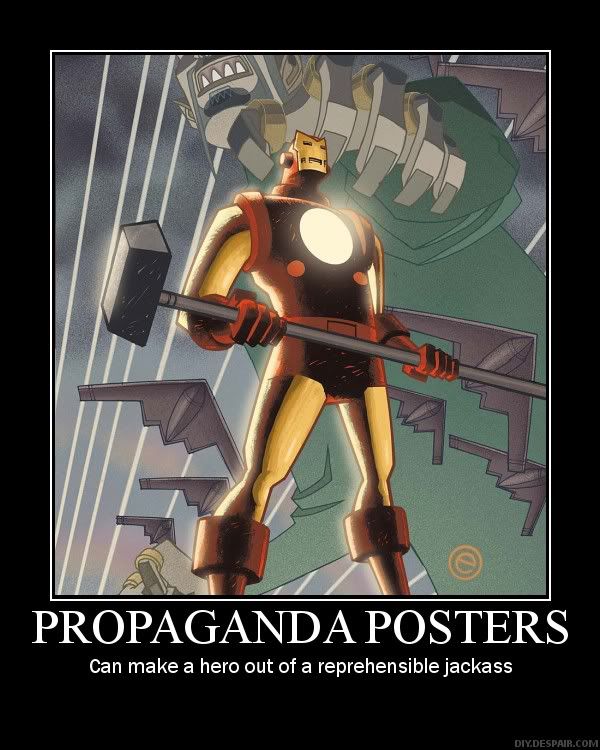

Tonite We'll be discussing Tony Stark's heart assist device, and to make this easy to newcomers who might not want to know about Tony's long history of various armor-related health problems, we'll just stick with the "damaged heart" scenario and solution as depicted by the movie, ok?

So, as depicted in the film, sharpnel is either imbeded in or approaching the Left Ventricle of Tony's heart (It's never made clear to me, and I think the writers are trying to keep it deliberately vague). The Left Ventricle is the main blood pump to the rest of the human body, and as such, it is the strongest and most vital part of the heart. Now, in the movie, Yinsen makes a simple electromagnet (using iron and some wire in a coil configuration) and hooks it up to a car battery. Yinsen claims that the magnet will keep his heart beating, although how this works is really unclear. My guess here is that the magnet is cycling to act as an assist to the damaged ventricle muscle tissue by actually moving the the shrapnel. Which wouldn't be a bad idea in theory, except that since the metal fragments are embedded, each time the magnet pulls on them, it actually shreds more muscle tissue. If the fragments are just reaching the heart, then I'm not sure how the magnet "keeps his heart beating". Suffice to say, that the magnet probably just prevents decay, and so be it. And we won't discuss the "arc reactor" because, well, there's no such thing.
In real life, a damaged heart would normally be assisted with a transplant, or if a transplant wasn't immediately available, a Ventricular Assist Device (actually, this is my primary area of research) would be used. Now, the problems with this kind of a device are many; powering it, using it to match the heart rate at different levels of activity (Sleeping, standing up, sitting down, running, etc.) but the major ones are the formation of clotts and possiblity of infection. because the blood is going through an unnatural type of flow (and this is especially true of VADs that don't use pulsatile pumping), there is a high chance that the blood cells will be destroyed by the various stresses the device subjects it to, this cell death then triggers the mechanisms in the body that create blood clots, which then cause more strain on the heart, which sorta defeats the purpose of the device in the first place. Thus, patients with VADs are often on blood thinners, in addition to immunosuppressants (so the body doesn't reject the device), which then increases the risk of infection. So it's probably not the most elegant solution either, but the technology is advancing. We may not be able to get it to power hyper-sonic powered armor anytime soon though. Such is life.
And that's it. Enjoy and write in your suggestions for future Friday Night Physics!


2 comments:
Nice post.
I paid close attention my second time through, and Yinsen specifically mentioned that the shrapnel was near the "atrial septum". Not the most important part of the heart, mechanically speaking, but maybe he;s afraid the shrapnel will shred the conduction pathways in addition to damaging the muscle fibers themselves.
Thank you. Your insight is greatly appreciated.
Post a Comment